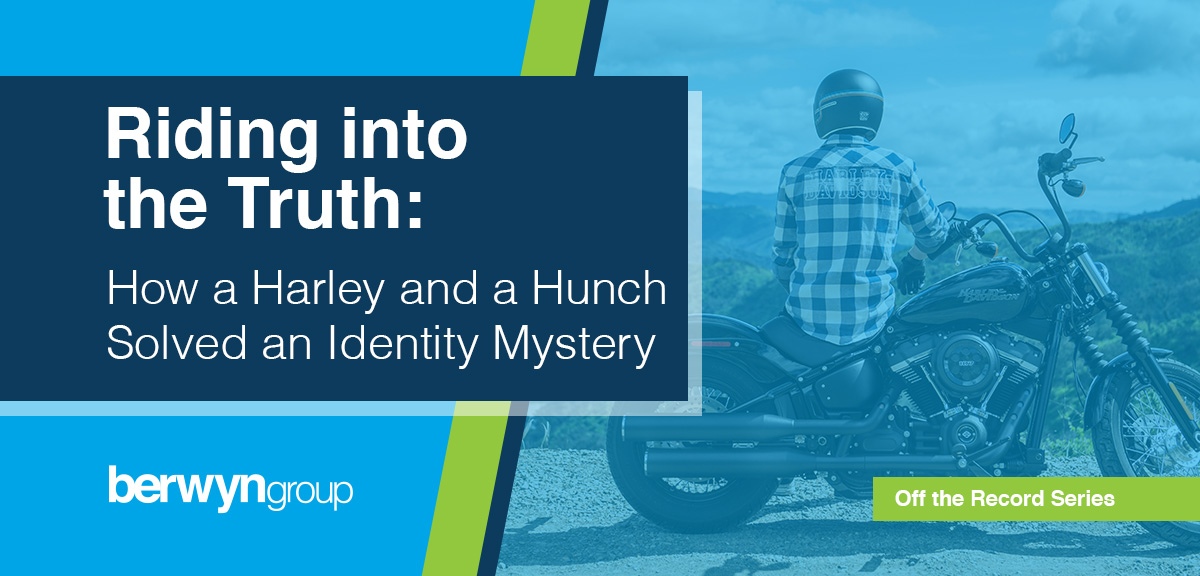More and more, insurance companies who rely primarily on the SSA Limited Access Death Master File (DMF) are missing huge numbers of unreported deceased policyholders. In fact, our Mortality Analyses we perform for prospective clients often reveal thousands of missed deaths.
It’s not the fault of insurance companies. For decades the Social Security Administration’s Death Master File (DMF) was a reliable source to find deceased policyholders. However, the DMF now reports less than one-in-five deaths.
What happened?
In 2011, due to fears of identity theft and fraud, the Federal government started to limit deaths reported from states to the point where now the public DMF (aka Limited Access DMF) only reports about 16% of all deaths in the U.S. But even after all these years, many insurance companies are still unaware of how far the DMF has declined.
For those who were aware of the DMF’s growing deficiencies, they could try to find decedents themselves by spending countless hours combing through disparate obituary data and various media sources from around the country. Or they could turn to specialty vendors for help. But even with the assistance of outside experts, the best they could hope for was finding 70% of policyholder deaths.
Until 2019 when CertiDeath was introduced. CertiDeath finds 96.5% of decedents with 99.9% accuracy.
The widening missed deaths gap.
The decline of the DMF to 16% means the missed death gap has widened and now insurance companies are often missing thousands of policyholder deaths confirmed by our Mortality Analyses. The results prove it, time and time again.
How it works: A life insurance company submits a file of their policyholder population to us. We compare that file to our obituary databases and often find thousands of dead policyholders the insurance company was not aware of. In fact, in one recent analysis, more than 17,000 missed deaths were found!
The dilemma.
But the results present a difficult decision for the insurance company. Send benefit checks to hundreds of beneficiaries of newly discovered dead policyholders and take a big hit to current year earnings. Or keep relying on a less effective death audit process and risk significant compliance issues (lawsuits, audits, investigations, fines, fees, and penalties) and more importantly, reputational risk. And in some cases, many may also lose their jobs.
Why doing the right thing now can pay off later.
Let’s start with two facts:
- Life insurance is basically a commodity with varying pricing.
- People buy life insurance for their beneficiaries, not for themselves.
But what if you could offer life insurance prospects something unique, namely; a guarantee your beneficiary will get paid.
If your company uses CertiDeath, you can guarantee that you’ll find at least 96.5% of decedents and pay 95% of the related beneficiaries. Once a prospect understands what’s happening now (missed deaths gap), your company will have a powerful selling advantage.
Yes, beneficiaries generally alert the insurance company of a loved one’s death. But as our Mortality Analyses reveals many are getting missed. Because years later, beneficiaries may have forgotten about the policy or can’t find it.
The importance of knowing their loved ones will definitely receive the life insurance benefits could be a key selling advantage.
Plus, it’s also a selling opportunity to the beneficiary, who doesn’t have to be sold how conscientious your company is because they were paid and received their payout quickly.
Symmetrical Compliance Bonus
As an insurance company, if you have lines of business related to pensions risk transfers (PRT), structured settlements, long term care and other annuities, finding 96.5% of decedents will stop overpayments and save you millions in fraudulent payments and release millions of reserves. Plus, you will have a compliant symmetrical death audit methodology.
Finally, by finding 96.5% of decedents and their beneficiaries, you will have a powerful story to tell because when it mattered most, you did the right thing for your policyholders and their beneficiaries even when it meant a dramatic hit to current year earnings. Every employee of your company will take great pride knowing they are working for a company that truly cares about their customers.
PR Opportunity
In addition to the goodwill spread by word of mouth, the press loves these kinds of stories. With all the news about corporate greed, people are graving to hear about a company doing the right thing. It might even get the attention of the national broadcast media. It’s the kind of feel-good story the media is looking for. At the very least, the story can be told in the company’s Annual Report and retold by the sales team.
Doing the right thing for the bottom line.
It’s a difficult decision. Public companies focus on short-term results. But finding your backlog of missed decedents and paying beneficiaries could be an investment with decades of payback. Because it isn’t just the right thing to do for your policyholders and their beneficiaries, it will provide your company a selling advantage that could boost revenues for years to come – which makes it the right thing to do for your stockholders.



